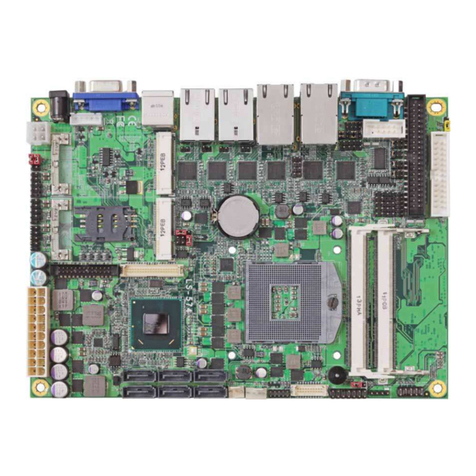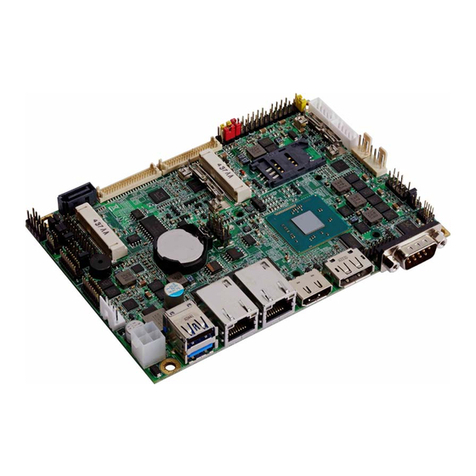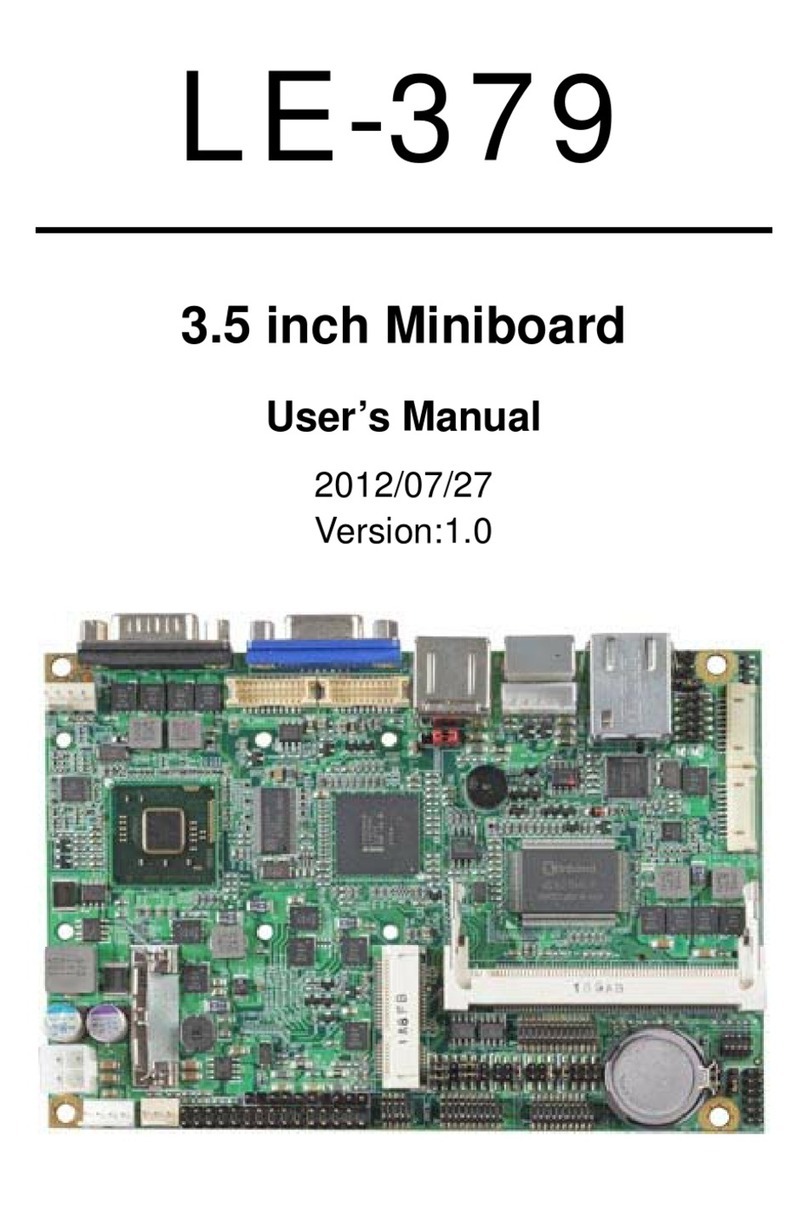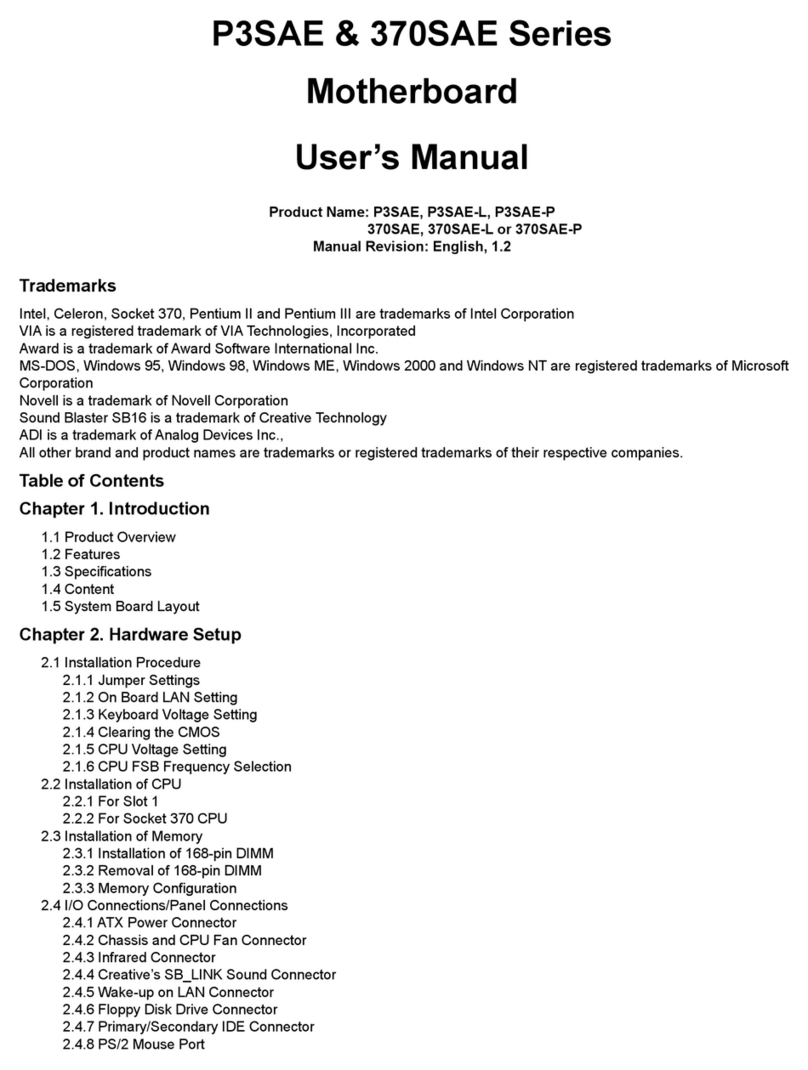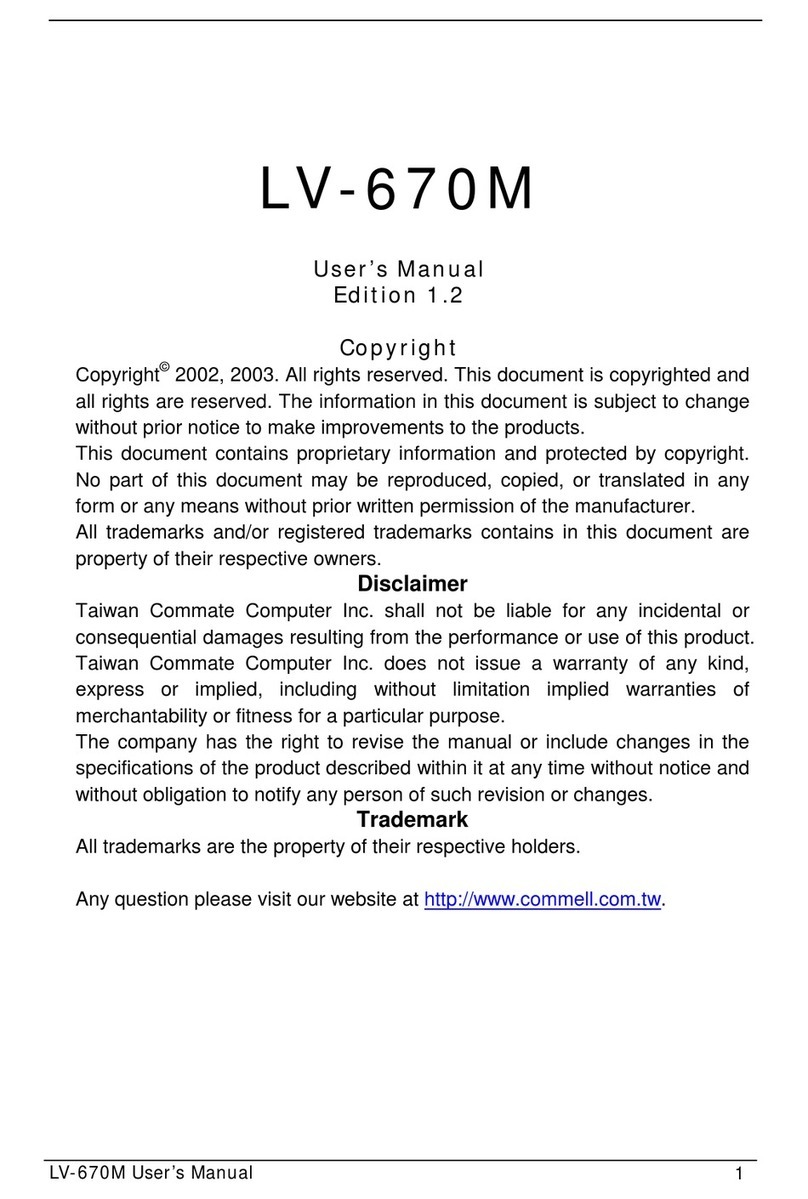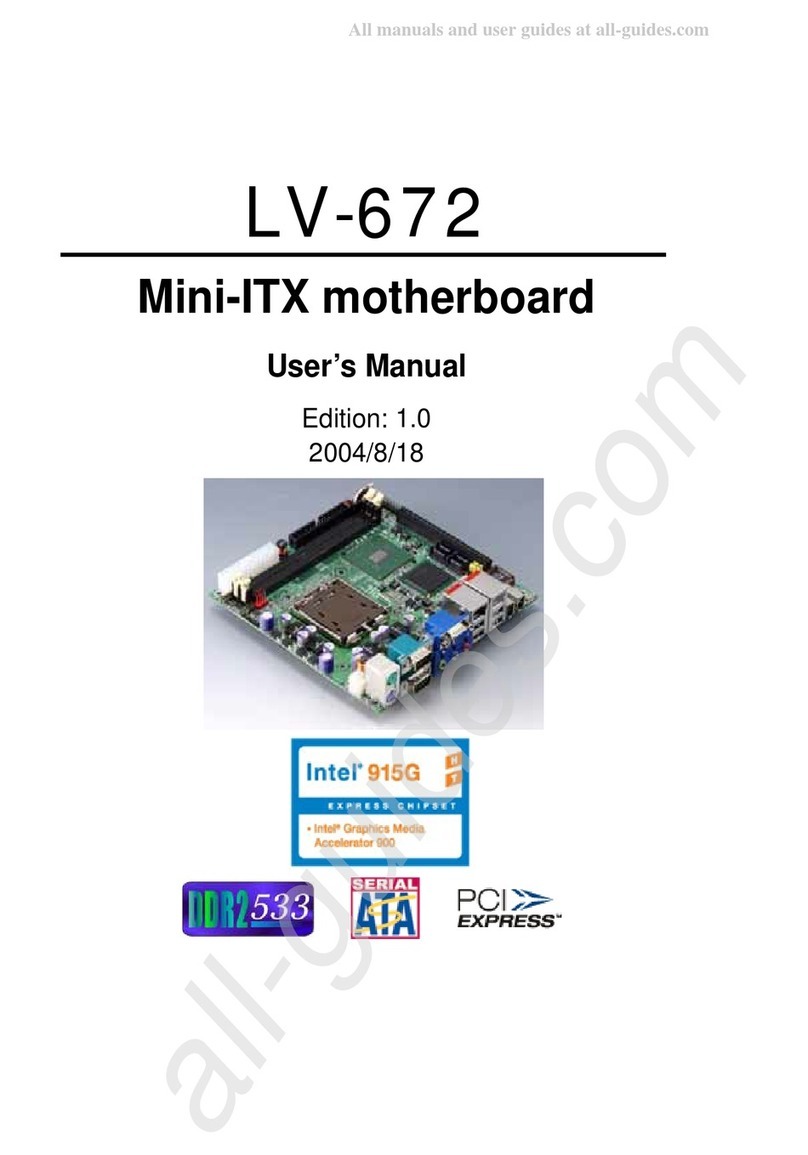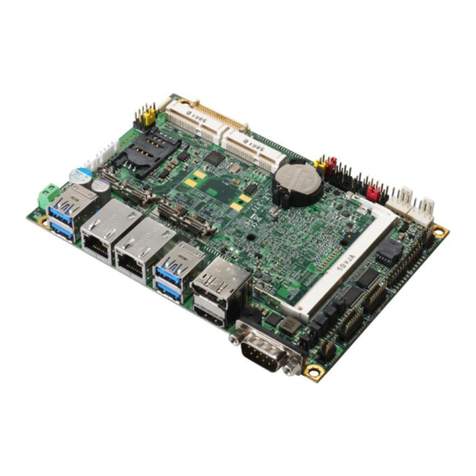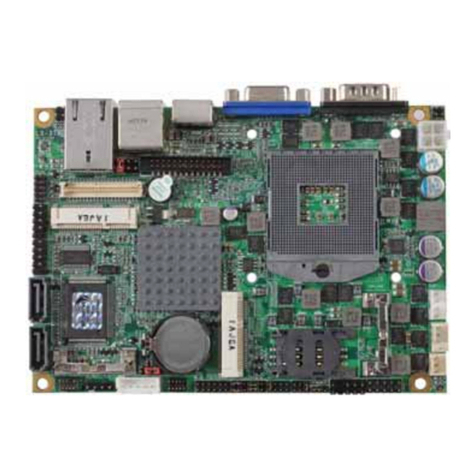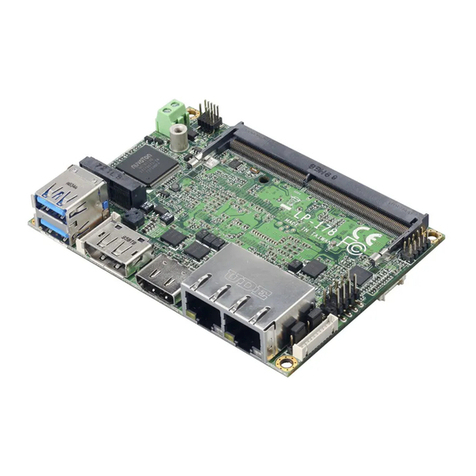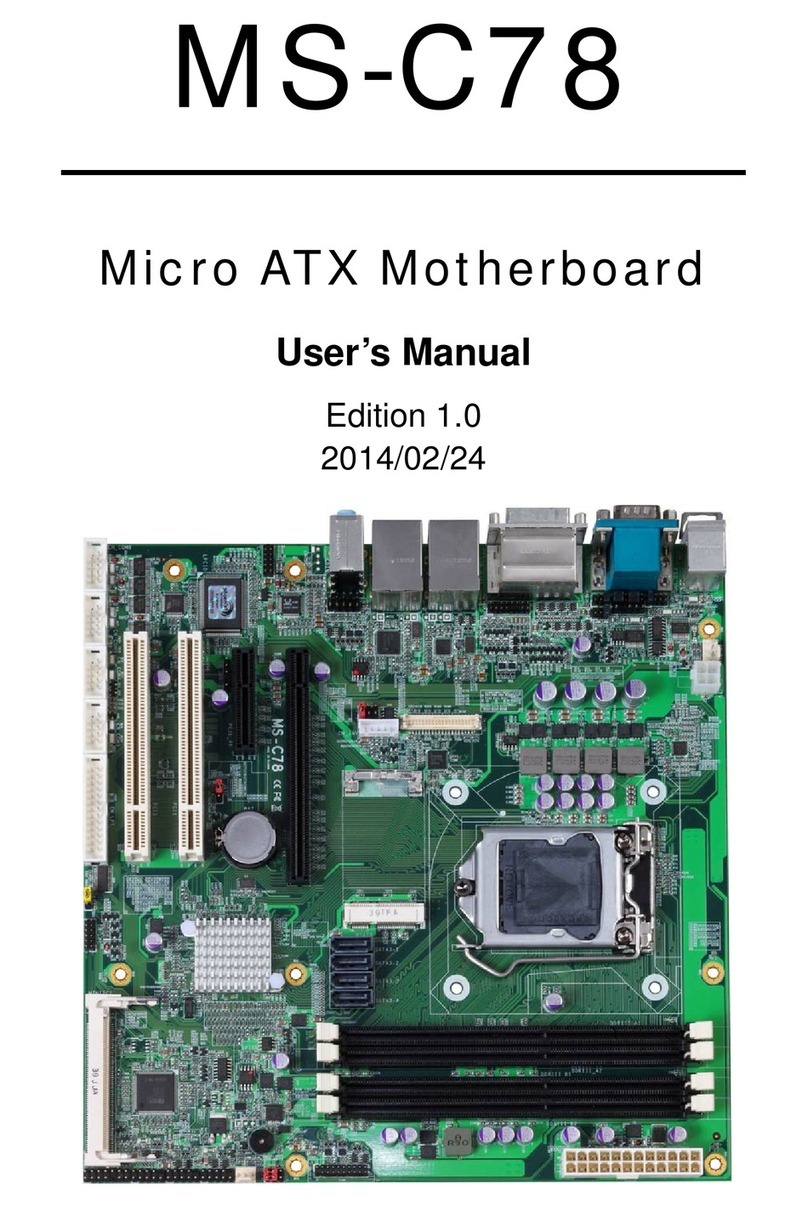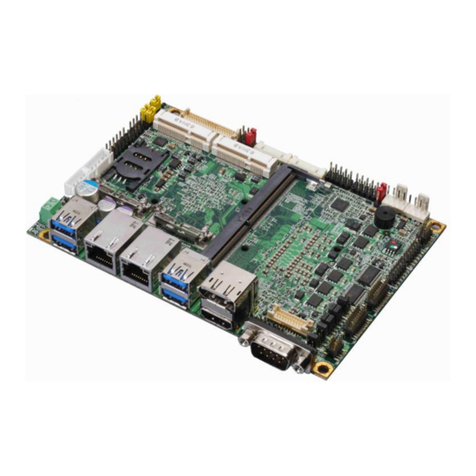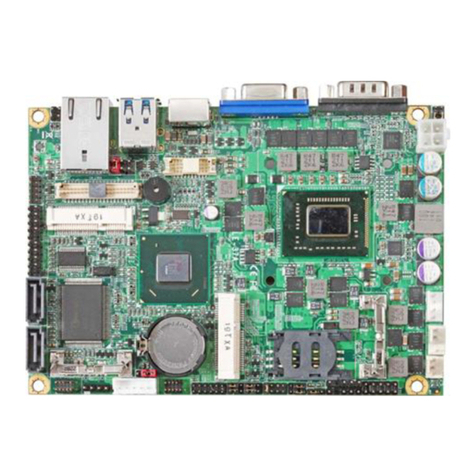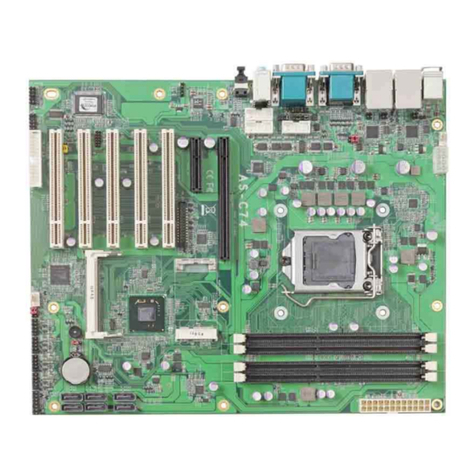EE-260 User’s Manual
4
Index
Chapter 1 <Introduction>.....................................................................................7
1.1 <Product Overview>.................................................................................7
1.2 <Product Specification>...........................................................................8
1.3 <Mechanical Drawing>...........................................................................10
1.4 <Block Diagram>.................................................................................... 11
Chapter 2 <Hardware Setup>.............................................................................12
2.1 <Connector Location>............................................................................12
2.2 <Connector Reference>.........................................................................13
2.2.1 <Internal Connector>..................................................................13
2.3 <CPU and Memory Setup>....................................................................14
2.3.1< CPU>........................................................................................14
2.3.2 <Memory> ..................................................................................14
2.4 <Enhanced IDE & CF Interface>............................................................15
2.5 <Serial ATA Interface>...........................................................................15
2.6 <Floppy Port>.........................................................................................16
2.7 <LAN Interface>.....................................................................................17
2.8 <Onboard Display Interface>.................................................................17
2.8.1 <Analog VGA Interface> ............................................................17
2.9 <USB2.0 & IEEE1394 Interface>...........................................................18
2.10 <Serial Port> ........................................................................................18
Chapter 3 <System Configuration>...................................................................19
3.1 <SATA RAID Configuration>..................................................................19
3.2 <Audio Configuration> ...........................................................................21
3.3 <Display Configuration>.........................................................................22
Chapter 4 <BIOS Setup> ....................................................................................25
Appendix A <ETX connector Assignment>……………………………………….27
Appendix B <I/O Port Pin Assignment> ...........................................................31
